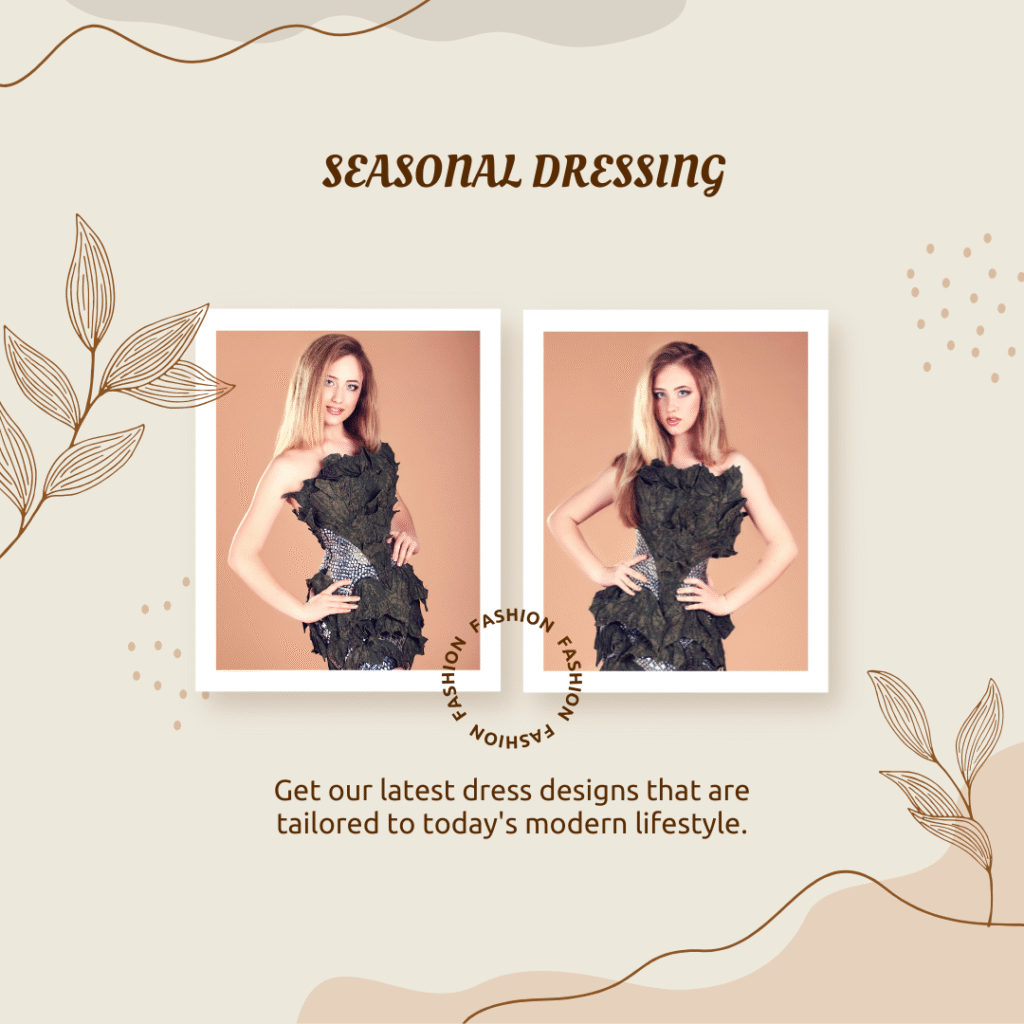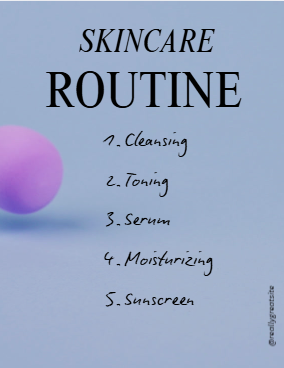
Dressing seasonally is all about finding harmony between comfort, weather-friendliness, and individual style. Each season calls for various colors, textiles, and styling patterns. Here’s how to look smart and fashionable year-round.
1. What Is Seasonal Dressing?
Season dressing is about tweaking your clothes to match the weather while also looking and feeling great. It is all about selecting appropriate fabrics, colors, and layering techniques to match the climate of each season.
2. Dressing for Spring: Light Layers & Bloom Colors
Spring weather is temperamental—cold mornings, warm afternoons, and breezy evenings. Layering light is the secret to adjusting during the day.
Choose air-permeable materials such as cotton, linen mix, and light denim. Soothing pastel hues such as flower prints, pale colors, and earthy tones remind us of the season’s freshness.
3. Spring Essentials
Lightweight jackets (trench, denim)
Long-sleeve tees and blouses
Midi skirts and chinos
Sneakers, loafers, or ankle boots
These essentials provide the ease of layering and de-layering with temperature changes.
4. Summer Dressing: Breathable and Minimal
Summer is just about being cool and staying away from heat buildup. The objective is to wear lightweight, loose, and airy attire.
Wear fabrics that are breathable, such as linen, cotton, or rayon. Opt for sleeveless or short-sleeved items, and stay away from tight or heavy dressing.
5. Summer Essentials
Linen tops and dresses
Maxi skirts and shorts
Tank tops and loose shirts
Sandals, espadrilles, and sun hats
Use light hues such as white, sky blue, coral, and yellow to reflect the sun and remain cool.
6. Autumn Style: Warm Layering and Terracotta Hues
Autumn means cooler weather and a requirement for warmth without resorting to full winter wear. Autumn is a perfect time for warm clothing and rich colors.
Layering is the answer—begin with light tops or tees and layer with sweaters or jackets. Grab fabrics such as corduroy, wool mixes, and knitwear.
7. Autumn Basics
Knit sweaters and turtlenecks
Long coats, leather or bomber jackets
Dark jeans or wool trousers
Boots and scarves
Burgundy, mustard, olive, and rust colors bring your outfits that autumn feel.
8. Winter Dressing: Insulation and Protection
Winter needs to be warmed and shielded from cold wind, snow, and below-zero temperatures. It’s about layering and insulation.
Base layers (thermals), insulating mid-layers (wool or fleece), and outerwear (puffer jackets, overcoats) collectively retain heat.
9. Winter Essentials
Wool or down jackets
Thermal leggings and shirts
Sweaters, hoodies, and cardigans
Beanies, gloves, and rain boots
Choose darker colors such as navy, black, grey, or forest green, which also resist surface stains of slush or snow.
10. The Role of Fabrics in Seasonal Dressing
It is the choice of fabrics that directly influences comfort and breathing. Opt for light fabrics like cotton and linen during summer months, and thick ones like wool and fleece during winters.
Avoid synthetics in hot weather since they retain sweat. Synthetics like polyester can be used in winters if layered properly.
11. Color Seasonal Patterns
Every season has a mood, and there are color patterns that go with it. Pastels are liked in spring; summer is bright and tropical; autumn is earthy warm; and winter welcomes rich dark colors.
Having your colors in tune with the seasons makes your appearance better and makes your wardrobe visually attuned to the surroundings.
12. Seasonal Accessories
Accessories serve not only to enhance fashion but also to add utility based on the season.
Spring: Lightweight scarves, shades
Summer: Hats, UV sunglasses, light bags
Fall: Scarves with patterns, felt hats
Winter: Thermal gloves, beanies, wool scarves
13. Transitional Dressing: Between Seasons
Transitioning from season to season demands flexibility. Transitional dressing entails clothing from two seasons to adapt to changing weather patterns.
Layer winter undergarments with spring jackets or layer summer dresses with autumn cardigans. Mix and match to transport your wardrobe season by season.
14. Footwear Across the Seasons
Footwear also has different demands season-wise based on temperature and terrain.
Spring: Loafers, closed shoes, light boots
Summer: Sandals, flip-flops, breathability sneakers
Fall: Ankle boots, leather shoes
Winter: Insulated tread boots
Are weather-friendly and comfortable to wear, particularly during winter months.
15. Cultural & Regional Differences in Seasonal Dressing
Geographical expectations differ when talking of season dressing. Tropical nations do not get much of a change of season, but cold regions demand full winter wear.
Dress to your weather—not the international fashion schedule. The tropics can forego winter coats, while colder climates can make do with bulk layering for months at a time.
16. Green Seasonal Style
You don’t have to shop a whole new wardrobe season by season. Create a capsule wardrobe filled with multi-seasonal pieces that can be layered or accessorized.
Prioritize quality over quantity, and store seasonal clothing to reuse to make them last longer and limit fashion waste.
17. Layering: Seasonal Style Secret
Layering is not only functional but also fashionable. Combine textures and lengths—such as a collared shirt worn under a sweater or a maxi dress with a denim jacket—for depth and interest.
Make sure that all layers work well together and that you can layer or remove layers easily during the day.
18. Year-Round Essentials to Invest Your Money In
There are some things in your wardrobe that switch seamlessly from season to season:
Timeless denim
Focus on classic pieces by season and layer in seasonal trends with color, print, or accessories.







